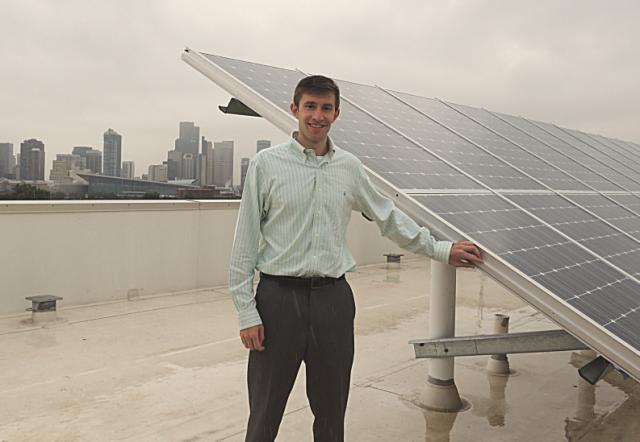Imagine you’re trying to lose weight. If you step on the scale once a month, how can you possibly know how each of your daily decisions affects the number? Weighing yourself every day would be a step up, giving you a much clearer picture of the effects of each day’s choices. Now imagine the potential results if you could access real-time data – if you were able to see just how many calories were in each food you picked up, as well how much energy you were exerting at any given moment.
Thanks to a meta-analysis on behalf of the American Council for an Energy Efficiency Economy (ACEEE), we can now see that access to this kind of granular, real-time data on electricity use leads to significant household electricity savings.
Survey highlights importance of timeliness and granularity
The ACEEE survey aggregates multiple studies designed to evaluate the effectiveness of different types of electricity customer feedback from the past 20 years, including 61 trials from around the world: 33 from the U.S., 13 from Europe, 9 from Canada, and 3 others. Such a diverse pool allows us to draw important conclusions about consumer energy use habits while controlling for variations in culture, climate, and energy use patterns. The results are displayed in the graph below. Read More















